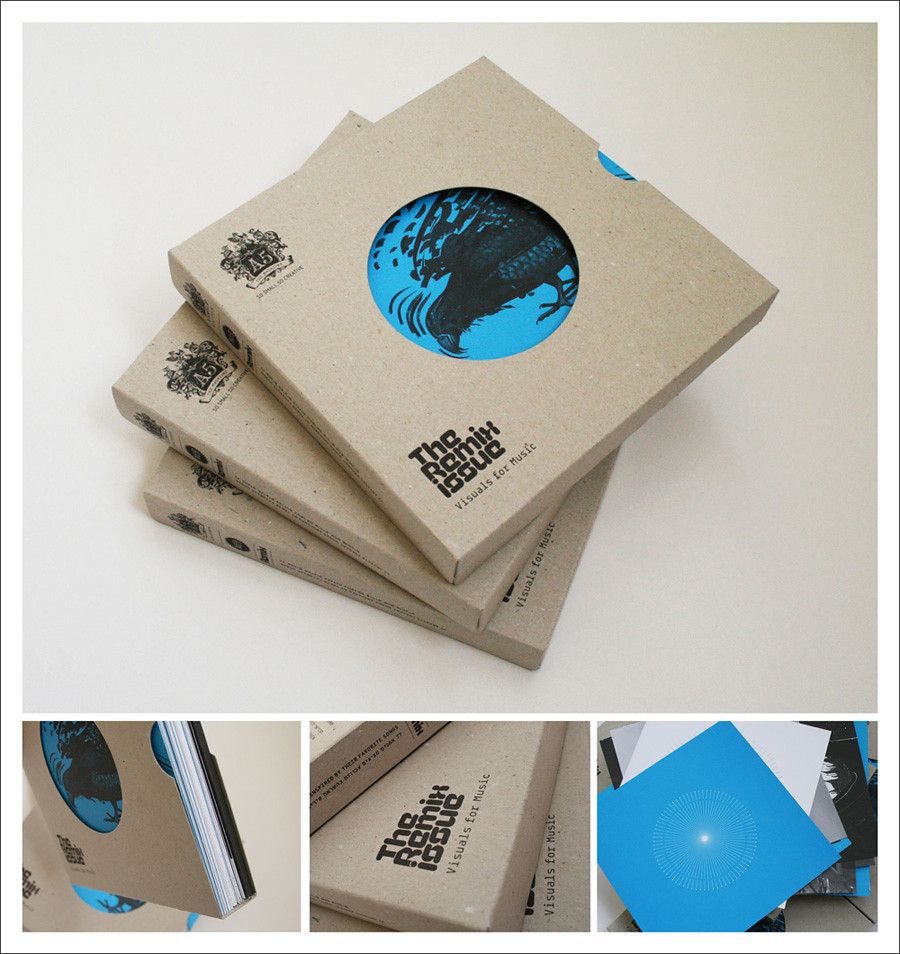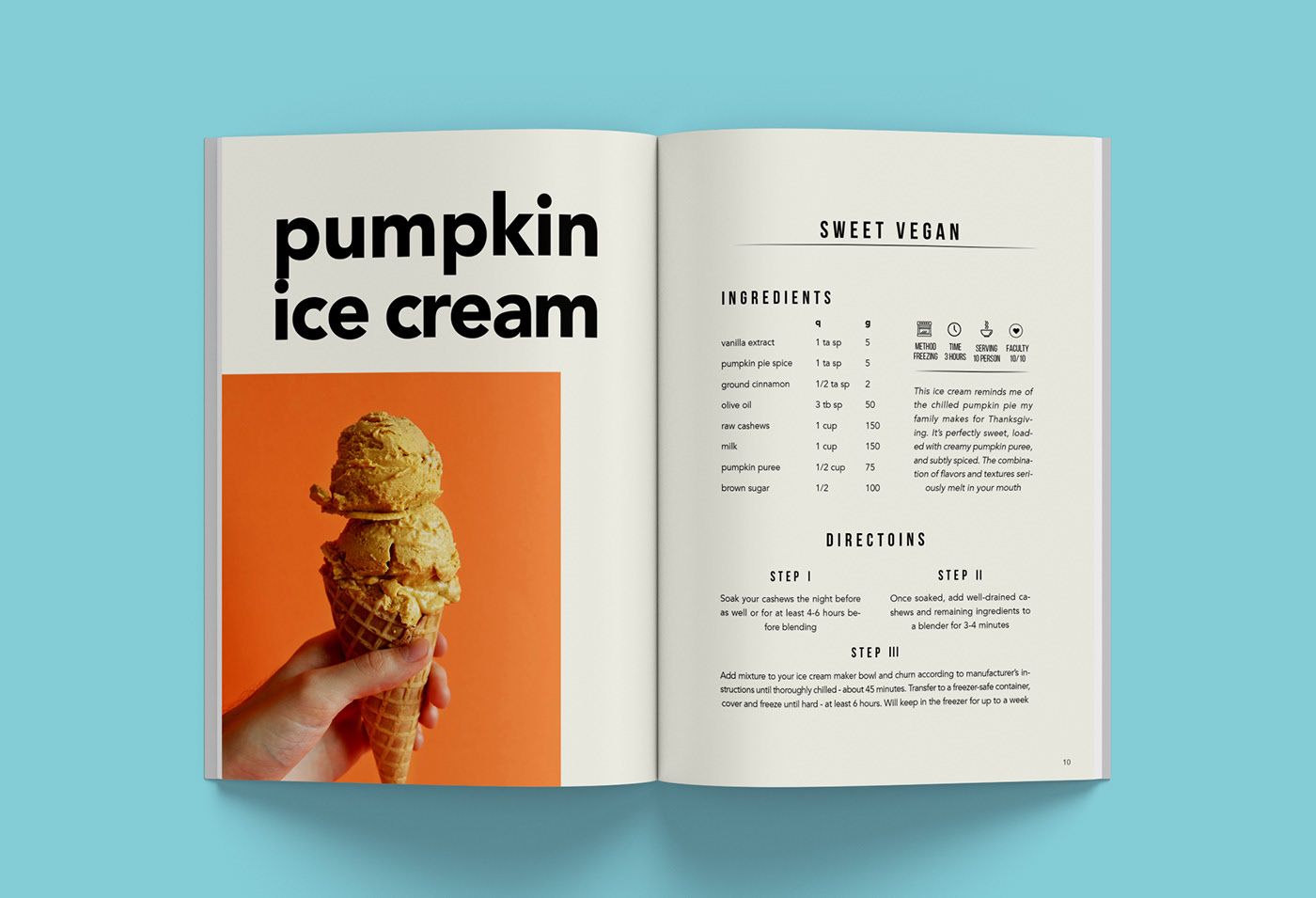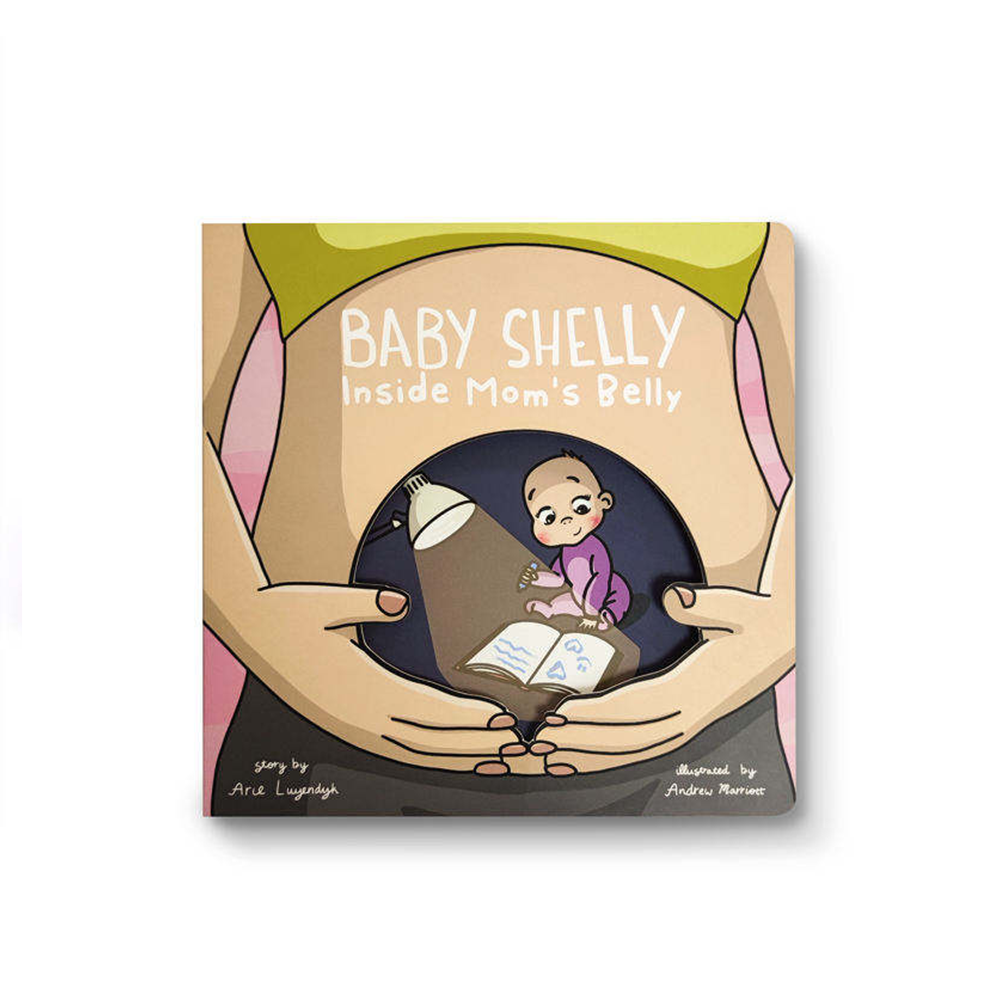Matbaa kitap maliyetini nasıl düşürdü?
In the ever-evolving world of publishing, making books affordable is essential for reaching a wider audience. As a dedicated book printing factory, we understand the complexities involved in production and distribution. This article delves into effective strategies that can significantly reduce printing costs, ultimately enhancing accessibility for readers everywhere.
İçindekiler
1. Leverage Digital Printing Innovations
Recent advancements in digital printing technology have transformed the way books are produced. Digital printing allows for shorter print runs, making it possible to print only what is necessary. This is particularly beneficial for niche markets or self-published authors who may not have a large initial demand. Print-on-demand (POD) services enable publishers to print books only as orders come in, minimizing waste and reducing storage costs.
By adopting digital printing, our factory not only helps authors and publishers respond to market demands but also allows for greater flexibility in inventory management. This method ensures that only what is needed is printed, leading to a more sustainable approach to book production.
Benefits of Digital Printing
- Cost Efficiency: Reduces the need for large initial investments in inventory.
- Customization: Allows for unique print runs, such as personalized editions.
- Hızlı Teslimat: Speeds up the production process, getting books into readers’ hands faster.
2. Utilize Economies of Scale
One of the most effective ways to lower the per-unit cost of printing books is through economies of scale. When larger quantities of a title are printed, publishers can negotiate better rates with printing companies, resulting in reduced production costs per book.
For authors and publishers, understanding the advantages of bulk printing can lead to significant savings. By producing more copies, they can pass on the reduced costs to consumers, making their books more competitively priced in the marketplace. Additionally, larger print runs can often allow for enhanced marketing opportunities, as more copies in circulation can lead to increased visibility.
How to Maximize Economies of Scale
- Plan Ahead: Forecast demand accurately to determine optimal print quantities.
- Collaborate: Join forces with other authors to print anthologies or collections, pooling resources.
- Explore Retail Partnerships: Work with bookstores or distributors to gauge interest before committing to print runs.
3. Optimize Material Selection
The choice of materials plays a crucial role in the overall production costs of a book. While opting for lower-cost paper or ink can help reduce expenses, it’s essential to strike a balance with quality. Consumers often associate high-quality materials with a better reading experience, which can affect their purchasing decisions.
As a book printing factory, we recommend selecting materials that offer an optimal balance between affordability and durability. This ensures that while costs are minimized, the final product remains appealing and long-lasting for readers. For instance, using recycled paper can be a sustainable option that resonates with eco-conscious consumers while still maintaining quality.
Material Selection Considerations
- Kağıt Türü: Choose between standard and premium paper based on the book’s purpose.
- Ink Quality: Opt for high-quality inks that enhance visuals without excessive costs.
- Bağlama Seçenekleri: Select binding methods that suit the book’s use and budget, such as perfect binding for lower costs or hardcover for durability.
4. Streamline Supply Chain Management
Efficient supply chain management is pivotal for reducing printing costs. By optimizing every step of the process—from printing to distribution—publishers can cut down on expenses related to shipping and handling.
Our factory employs various strategies to enhance supply chain efficiency, including optimizing shipping routes, consolidating shipments, and reducing handling fees. This streamlined approach not only lowers costs but also ensures timely delivery, improving customer satisfaction. An efficient supply chain can significantly enhance the overall publishing experience, leading to faster time-to-market for new titles.
Key Supply Chain Optimization Strategies
- Integrated Logistics: Use software solutions for better tracking and management of shipments.
- Bulk Shipping: Consolidate orders to reduce transportation costs.
- Supplier Relationships: Build strong relationships with suppliers for better rates and terms.
5. Embrace Self-Publishing Opportunities
The rise of self-publishing has empowered authors to take control of their work, bypassing traditional publishing routes. This shift allows authors to potentially lower their production costs and set their own prices based on actual expenses incurred.
By embracing self-publishing, authors can leverage various cost-saving strategies that are not typically available through traditional publishers. Our factory supports self-published authors by offering flexible and affordable printing options tailored to their specific needs, ensuring that they can bring their literary visions to life without excessive financial strain.
Advantages of Self-Publishing
- Creative Control: Authors have full control over the content, design, and pricing of their books.
- Faster Publishing: Eliminates lengthy traditional publishing timelines.
- Direct Revenue: Authors can retain a larger portion of profits by selling directly to consumers.
6. Promote E-Books and Digital Formats
In today’s digital age, promoting e-books and other digital formats can significantly reduce production costs associated with print books. Digital formats eliminate the need for physical printing, shipping, and storage, making it easier for authors to offer lower prices.
Our factory recognizes the importance of digital offerings and provides authors with solutions to create both print and digital versions of their books. This dual approach not only broadens market reach but also caters to diverse consumer preferences. E-books can serve as a gateway to increased sales for printed editions, as readers often explore digital formats before purchasing physical copies.
Benefits of E-Books
- Immediate Access: Readers can purchase and download e-books instantly.
- Wider Distribution: Digital formats can be sold on various platforms without geographic limitations.
- Lower Costs: Reduced production expenses lead to more competitive pricing.
7. Offer Bulk Sales and Discounts
Implementing bulk sales strategies can enhance affordability for consumers. Offering discounts for bulk purchases—such as those made by schools, libraries, or bookstores—can make books more accessible to a larger audience.
By collaborating with institutions and organizations, our printing factory can facilitate bulk orders, ensuring that educational materials and literary works are available at reasonable prices. Bulk sales not only help increase readership but also create lasting partnerships within the community.
Strategies for Bulk Sales
- Special Promotions: Run seasonal promotions for educational institutions.
- Subscription Models: Consider offering subscription services for libraries to receive new titles regularly.
- Loyalty Programs: Create incentives for repeat bulk buyers, fostering long-term relationships.
8. Utilize Crowdfunding and Pre-Orders
Crowdfunding platforms have emerged as effective tools for authors and publishers to gauge interest and secure funding for print runs. By utilizing these platforms, creators can cover initial production costs while minimizing financial risk.
Our factory supports this initiative by providing flexible printing solutions for projects backed by crowdfunding, ensuring that authors can deliver on their promises to supporters without excessive upfront costs. This approach allows authors to validate their ideas before committing to full production, making it a prudent financial strategy.
Crowdfunding Tips
- Engaging Campaigns: Craft compelling stories and visuals to attract backers.
- Rewards for Backers: Offer tiered rewards for supporters, such as exclusive editions or signed copies.
- Clear Goals: Set clear funding goals and timelines to instill confidence in potential backers.
9. Seek Government and Non-Profit Support
Grants and subsidies from government agencies and non-profit organizations can significantly reduce costs for educational or literary projects. By applying for such funding, authors and publishers can help ensure that their work is accessible to a wider audience.
As a printing partner, we encourage our clients to explore available resources that can alleviate financial burdens, enabling them to focus on producing quality literature. Many programs aim to support literacy initiatives and educational materials, creating opportunities for collaboration.
Finding Support
- Research Grants: Look for grants specifically aimed at promoting literacy or supporting independent authors.
- Community Initiatives: Partner with local organizations that may offer funding or resources for publishing projects.
- Networking: Attend workshops and conferences to connect with potential funders and collaborators.
10. Engage with Community Initiatives
Local libraries and community organizations play a vital role in promoting literacy and access to books. Collaborating with these entities can create programs that distribute books at reduced prices or for free, benefiting underprivileged communities.
Our factory is committed to supporting such initiatives by providing affordable printing options for community programs. By working together, we can ensure that everyone has the opportunity to enjoy literature and that local initiatives can thrive, thereby fostering a culture of reading and knowledge.
Community Engagement Strategies
- Book Fairs and Events: Participate in local fairs to promote literacy and distribute books.
- Educational Programs: Partner with schools to offer discounted books for curriculum use.
- Donation Drives: Support local charities by printing and donating books to those in need.
Conclusion: Building a More Accessible Publishing Landscape
By implementing these ten strategies, the book printing industry can significantly reduce production costs and make literature more accessible to all readers. As a book printing factory, we are dedicated to supporting authors and publishers in navigating these strategies effectively.
Together, we can create a publishing landscape that prioritizes affordability without sacrificing quality. Whether through digital innovations, efficient supply chain management, or community engagement, our goal is to foster a love for reading and ensure that books reach every corner of society.
SSS
1. How does digital printing help reduce costs?
Digital printing allows for print-on-demand services, meaning books are printed only when ordered. This reduces waste and storage costs, making it a cost-effective solution for smaller print runs. Additionally, the ability to print shorter runs means authors can respond quickly to changes in demand without incurring large financial risks.
2. What materials should I consider to balance cost and quality?
Choosing the right combination of paper and ink is crucial. While cheaper materials can save money, they should still provide a quality reading experience. Consulting with your printing partner can yield recommendations for materials that fit your budget without compromising the overall aesthetic and tactile
Kitap Baskısı
Yeni Ürünler
Son Blog

200 sayfalık bir karton kapaklı kitabın basım maliyeti ne kadardır?
Kitap basımına adanmış bir fabrika olarak, kendi kendini yayınlama yolculuğunun hem heyecan verici hem de göz korkutucu olabileceğini anlıyoruz.

12 sayfalık bir kitabın basımı ne kadardır?
12 sayfalık bir kitabın basımı, tercihlerinize bağlı olarak kopya başına $2 ile $10 arasında değişen bir baskı maliyetine sahip olabilir. Kağıt türü, ciltleme ve baskı yöntemi gibi faktörler, nihai fiyatı belirlemede büyük rol oynar

Bazı ciltli kitapların baskıları neden ciltsiz kitapların baskılarından çok daha ucuzdur?
Kitapların fiyatlandırması okuyucular için her zaman karmaşık ve bazen kafa karıştırıcı bir konu olmuştur. Sert kapaklı kitaplar, sağlam malzemeleri ve daha yüksek üretim maliyetleri nedeniyle geleneksel olarak daha pahalı kabul edilirken

Hangi Şirket Çizgi Roman Basıyor
Bir çizgi roman yaratmak, çizimlere, hikaye panolarına ve diğer görsellere sayısız saat harcanmasıyla yoğun bir sevgi emeğidir.
Bize Ulaşın
- +86 13946584521
- info@kitapbaskı.net
- 08:00 - 22:00 (Pzt - Paz)
Yorumlar
İlgili Blog
Kitap basım sektöründeki en yeni trendleri ve genel bilgileri öğrenin.

Özel Kitapçık Baskısıyla Pazarlamanızı Geliştirin
Kendi kendinize yayıncılık yapmaya girişiyorsanız, öncelikli endişelerinizden biri kitap basımı için ekonomik seçenekler bulmak olacaktır.

İşletmeler İçin Toplu Baskı Hizmetlerinin 5 Önemli Faydası
Sürekli gelişen bir iş ortamında, rekabette önde kalmak için hem maliyet hem de zaman verimliliğine ulaşmak çok önemlidir

Mükemmel Sert Kapaklı Kitap Kapağı Nasıl Tasarlanır
Yayıncılık dünyasında sert kapaklı bir kitap kapağı, sadece koruyucu bir tabakadan çok daha fazlasıdır; dinamik bir hikaye anlatma aracıdır.

100 Sayfalık Bir Kitabın Baskı Maliyeti Ne Kadardır?
Bir kitabı, özellikle de 100 sayfalık bir kitabı basmak, genel maliyeti etkileyebilecek çeşitli faktörleri içerir. İster kendi kendine yayınlamak isteyen bir yazar olun, ister promosyon materyalleri basmayı hedefleyen bir işletme olun.





